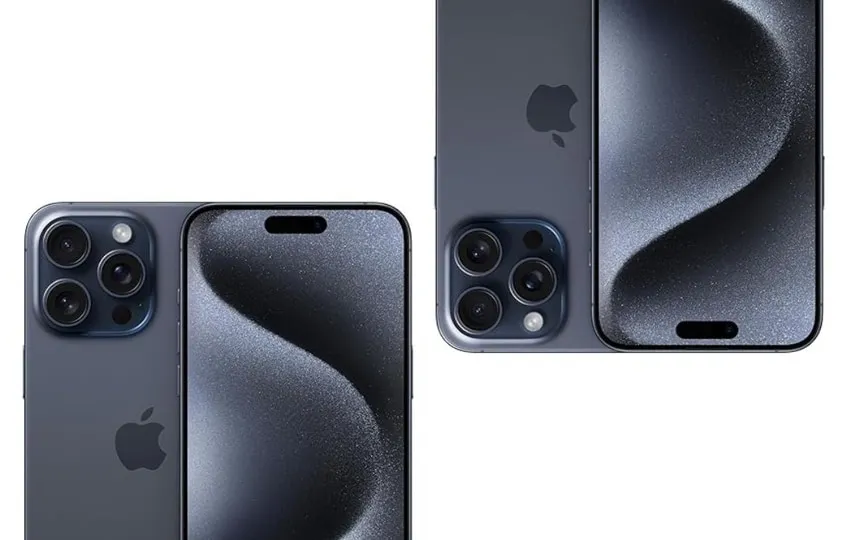What to expect from the leaked battery details of the Apple iPhone 16
New information has surfaced about the battery capacities of the upcoming iPhone 16 series, indicating significant changes from the previous iPhone 15 models. Although Apple typically does not disclose details about battery sizes, a Weibo source has shared alleged information about the batteries in the iPhone 16 lineup.
Apple adds a bigger battery to the iPhone 16 series?
According to the leak, the iPhone 16 Pro Max could have a 4,676 mAh battery, which represents a 5.7 percent increase over the iPhone 15 Pro Max’s 4,422 mAh unit. The iPhone 16 Pro is rumored to have a 3,355 mAh battery, which represents a 2 percent increase over the iPhone 15 Pro’s 3,290 mAh capacity. Likewise, the iPhone 16 is rumored to pack a 3,561 mAh battery, which suggests a 5.8 percent increase from the iPhone 15’s 3,367 mAh cell. However, the leak points to a possible price cut for the iPhone 16 Plus, as its alleged 4,006 mAh battery would be 8.6 percent smaller than the iPhone 15 Plus’ 4,383 mAh battery.
These leaked details match Majin Bu’s (@MajinBuOfficial) earlier speculations and further strengthen the credibility of the information. If accurate, this tweak could mark a shift in Apple’s approach to battery optimization and design choices across its product line.
It’s worth noting that last year’s iPhone 15 lineup featured rechargeable lithium-ion batteries. Apple claimed that the non-Pro models offered up to 26 hours of video playback, while the Pro versions promised up to 29 hours of playback on a single charge. These numbers highlighted the company’s focus on providing extended battery life to meet consumers’ demands for long-term use without compromising on performance.
As with all leaks, it’s important to take this information with a grain of salt until Apple officially confirms it. However, if this information turns out to be correct, consumers can anticipate improvements and possible degradations in the battery performance of the iPhone 16 series, which will influence their purchasing decisions based on individual preferences and usage patterns.




